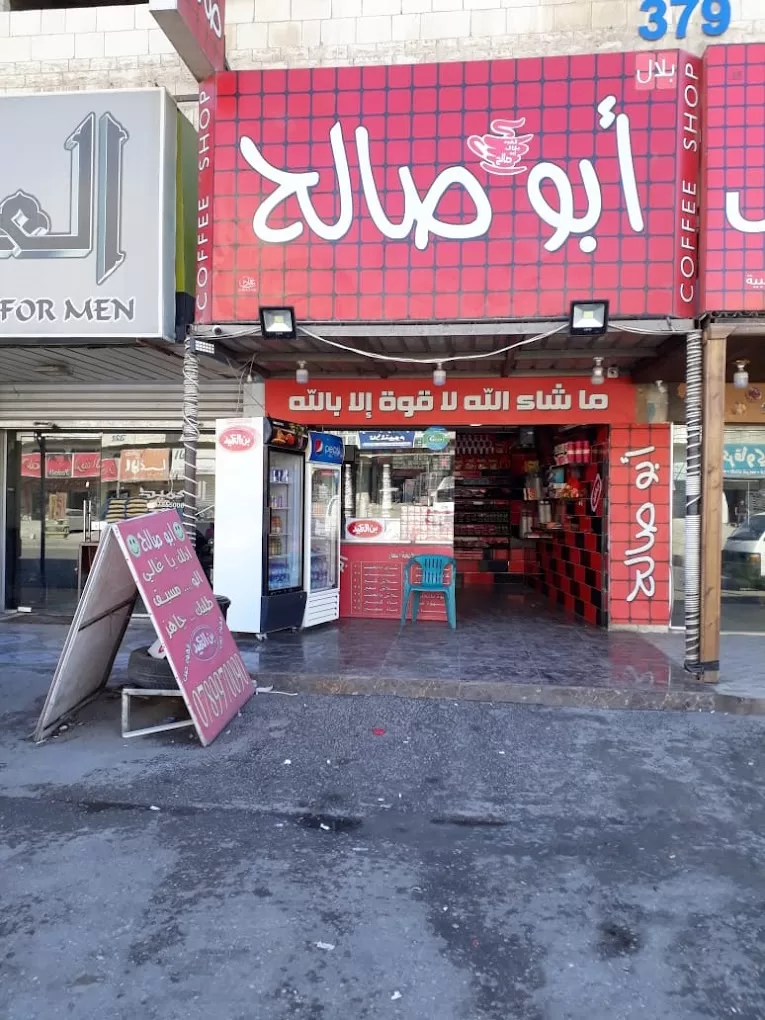Welcome to this week’s MENA Review, exploring the vibrant marketing landscape of the Middle East and North Africa. This read focuses on Jordan’s thriving coffee culture, examining the crucial synergy between product and experience. We’ll analyze prevailing trends and offer strategic insights for brands seeking to differentiate themselves in this competitive market.
Defining the Experience Factor
In marketing, the customer experience is crucial for shaping brand perception and loyalty. It transcends mere transactions, focusing instead on cultivating an environment where customers feel valued and engaged. This involves:
Atmosphere: The design and ambiance of the environment where the product is experienced. A carefully curated atmosphere can evoke specific emotions and contribute to a memorable consumer experience. Customer Service: Personalized service that makes each customer feel special, enhancing their connection to the brand. Unique Brand Elements: From the aroma of coffee to the visual aesthetics, every detail contributes to the brand’s identity and customer’s experience.
Philip Kotler, in his seminal work “Marketing Management,” posits that the experience economy hinges on providing consumers with inherently valuable experiences. This suggests a paradigm shift in contemporary markets: consumers are no longer simply purchasing products; they are investing in personally resonant experiences.
What is a Product Offering and Strategy?
A product offering, encompasses both tangible goods and intangible services designed to fulfill customer needs and desires. It represents the complete package of value a business provides to its target market. This includes not only the core product or service itself, but also any supplementary elements that enhance the customer experience.
A comprehensive product offering typically comprises:
Core Benefit: The fundamental need or want that the offering addresses. Physical Product/Service: The tangible good or intangible service being offered. Augmented Product/Service: The additional features, benefits, and services that differentiate the offering and add value, such as warranties, customer support, delivery, and financing options.
This holistic approach to defining a product offering recognizes that customers purchase solutions, not just individual items or services. By considering all aspects of the customer experience, businesses can create more compelling and competitive offerings.
Product strategy encompasses several key elements:
Market Positioning: This defines how the product is perceived and positioned within the competitive landscape, highlighting its unique value proposition to target customers. Differentiation: This focuses on establishing a clear competitive advantage by emphasizing the product’s distinctive attributes, whether through innovative features, superior quality, compelling branding, or a combination thereof. Meeting Customer Needs: This involves a deep understanding of customer expectations and ensuring the product not only meets but ideally surpasses these requirements, fostering customer satisfaction and loyalty.
Michael Porter‘s “Competitive Strategy” underscores the importance of differentiation and cost leadership as strategies to gain a competitive edge, which directly ties into how a product is offered and marketed.
Case Study: Abu Saleh – A Product-Centric Approach

In Jordan, Abu Saleh represents a classic example of product-focused marketing. An ubiquitous name in Jordan’s coffee scene, known for its streamlined, no-frills approach. Operating primarily as small kiosks or storefronts with no indoor seating, they cater largely to a grab-and-go clientele. Customers typically remain in their cars while their orders are delivered directly to them, emphasizing speed and convenience. With multiple locations across the kingdom, Abu Saleh maintains a limited menu focused on delivering a consistently quick and affordable caffeine fix.

Objective: To provide affordable, quality coffee accessible to all segments of society.
The strategy focused on Simplicity: A straightforward menu with minimal variations to maintain consistency and speed of service. Affordability: Keeping prices low to appeal to a broad customer base. Expansion: Scaling operations to over 100 branches, leveraging economies of scale.
Focusing on operational efficiency, ensuring that each cup of coffee is prepared quickly and consistently, with minimal overhead costs on ambiance or extensive customer service training. The results for their approach has led to widespread recognition and loyalty among Jordanians who value a quick, affordable coffee over a lavish setting.
Abu Saleh’s success illustrates that in certain markets, a strong product strategy aligned with local consumer behavior can outshine the allure of an experience-focused approach, especially when the product itself is of high quality and meets the basic needs of the larger demographic.
Experience-Driven Trend in Jordan’s Coffee Scene
Contrastingly, many new entrants in Jordan’s coffee market are adopting an experience-centric approach:
- Strategy: Investing in unique interiors, branded environments, and premium service to replicate the Starbucks model.
- Market Segmentation: Targeting a demographic that values ambiance, social media-worthiness, and a premium coffee experience.
- Challenges: Higher operational costs, which necessitate higher prices, potentially limiting the market reach.
This trend aligns with Joseph Pine II and James H. Gilmore’s seminal work, The Experience Economy, which posits that experiences represent the next stage of economic value creation. They argue that businesses must strategically design and orchestrate memorable experiences to differentiate themselves and generate value.
While a central theme provides the foundation for the experience, it’s the lasting impressions that truly resonate with customers and fulfill the theme’s promise. These impressions are the key takeaways, the memories that remain. To cultivate these desired impressions, businesses must carefully curate a series of cues that reinforce the nature of the experience.
Side Note: Urban Planning and Market Saturation
The clustering of similar businesses in certain Jordanian locales highlights two key issues:
Deficiencies in Urban Planning, the absence of strategic zoning regulations contributes to an overconcentration of homogeneous businesses. This diminishes the unique appeal of individual establishments and creates a monotonous landscape.
Market Saturation, an overabundance of similar businesses, such as cafes, intensifies competition and hinders differentiation. This often results in price wars that erode profit margins and discourage businesses from focusing on value creation and innovation.
A more complex approach to urban development, as suggested by urban planning experts like Edward Soja, could foster a more diverse commercial environment, allowing for a broader spectrum of business models to thrive.
Jordan’s coffee market reveals a multifaceted landscape. While the rise of experience-driven cafes is evident. The sustained popularity of product-focused establishments like Abu Saleh underscores the power of a balanced approach. A strategy that caters to local preferences for value and convenience can prove just as, if not more, profitable. A crucial synergy between product and experience is a must. For marketers and entrepreneurs across the MENA region, achieving lasting success requires understanding the immediate draw of experiential offerings alongside the enduring strength of a well-defined product strategy.
We hope this provides valuable insights for marketers navigating the complexities of product and experience marketing. For further discussions or feedback visit email us at info@mena-review.com.
Subscribe to our newsletter!
